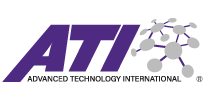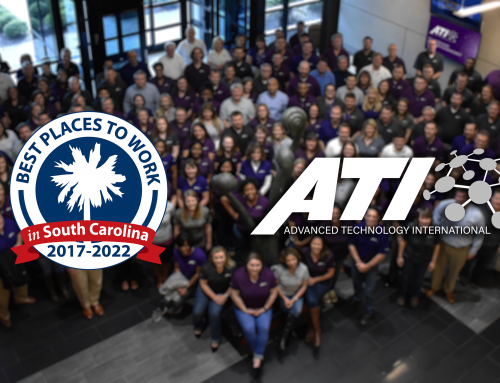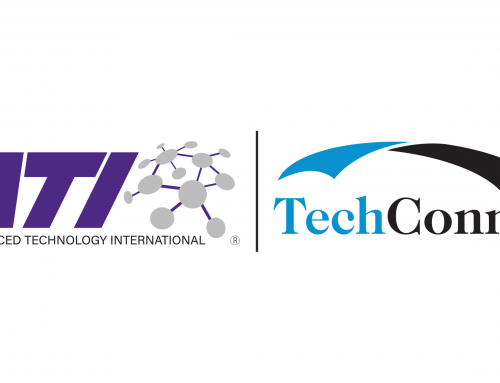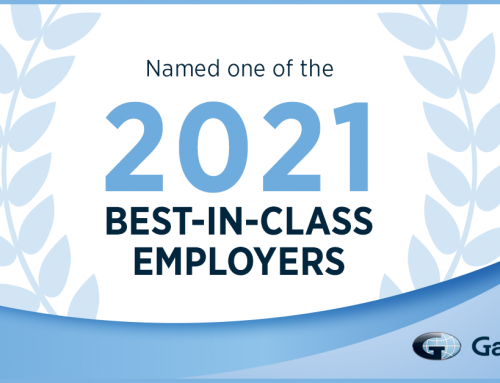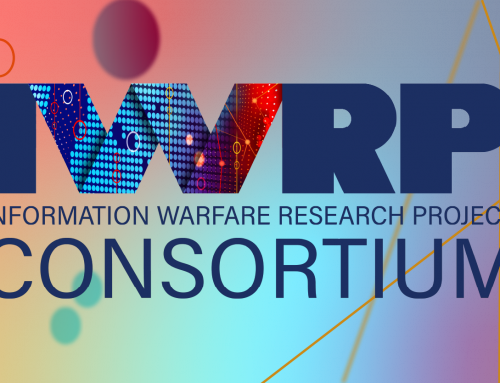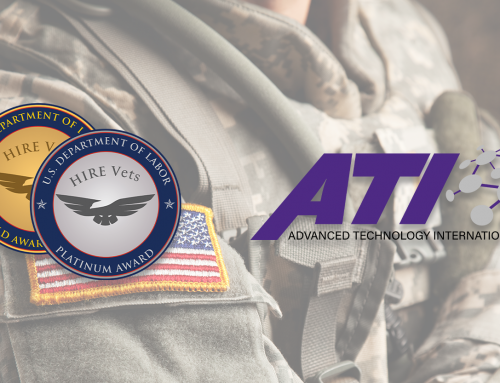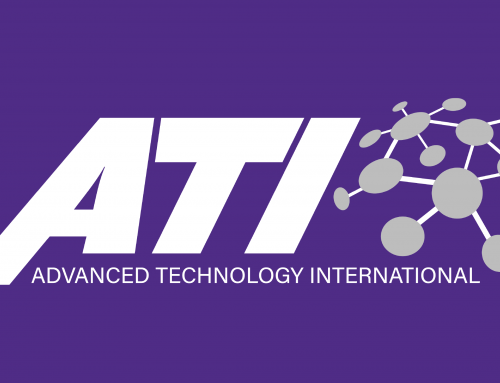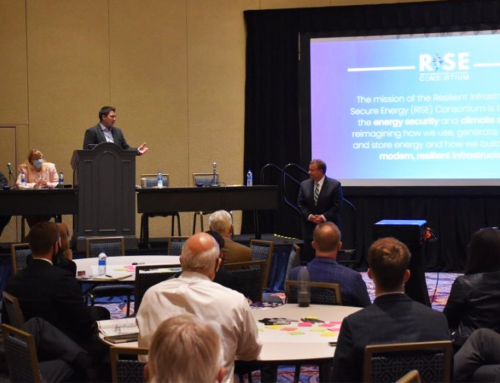
The efficiency of the Other Transaction (OT)-consortium model makes OTAs extremely fast compared to typical government-funded prototyping projects. The average solicitation timeline in ATI-managed consortia—from releasing a solicitation to beginning project work—is less than 90 days. In many cases it’s faster, as the process is designed to go as fast as the government customer and consortium members want it to go.
The sample timeline below shows how the OTA cycle stacks up against FAR solicitations.
Under the OT consortium model, timelines in “shared responsibility” areas can shorten over time as cycle-to-cycle learning curves improve.
One particular advantage of using an OTA in partnership with a consortia management firm is the consortium manager’s ability to surge resources to perform tasks that the government would be required to perform under a FAR-based contract. There are significant time savings when the government and consortium share responsibilities and maintain an open dialogue.
For instance, when the Air Force Research Lab needed to make an urgent end-of-year award, the ATI-managed National Spectrum Consortium helped the government release a project solicitation quickly. ATI’s internal team organized multiple “Industry Day” events for members to learn about the technology need. The Air Force awarded the project within 60 days, and work started only 71 days after announcing the solicitation—much sooner than projects can be awarded under a traditional approach.



